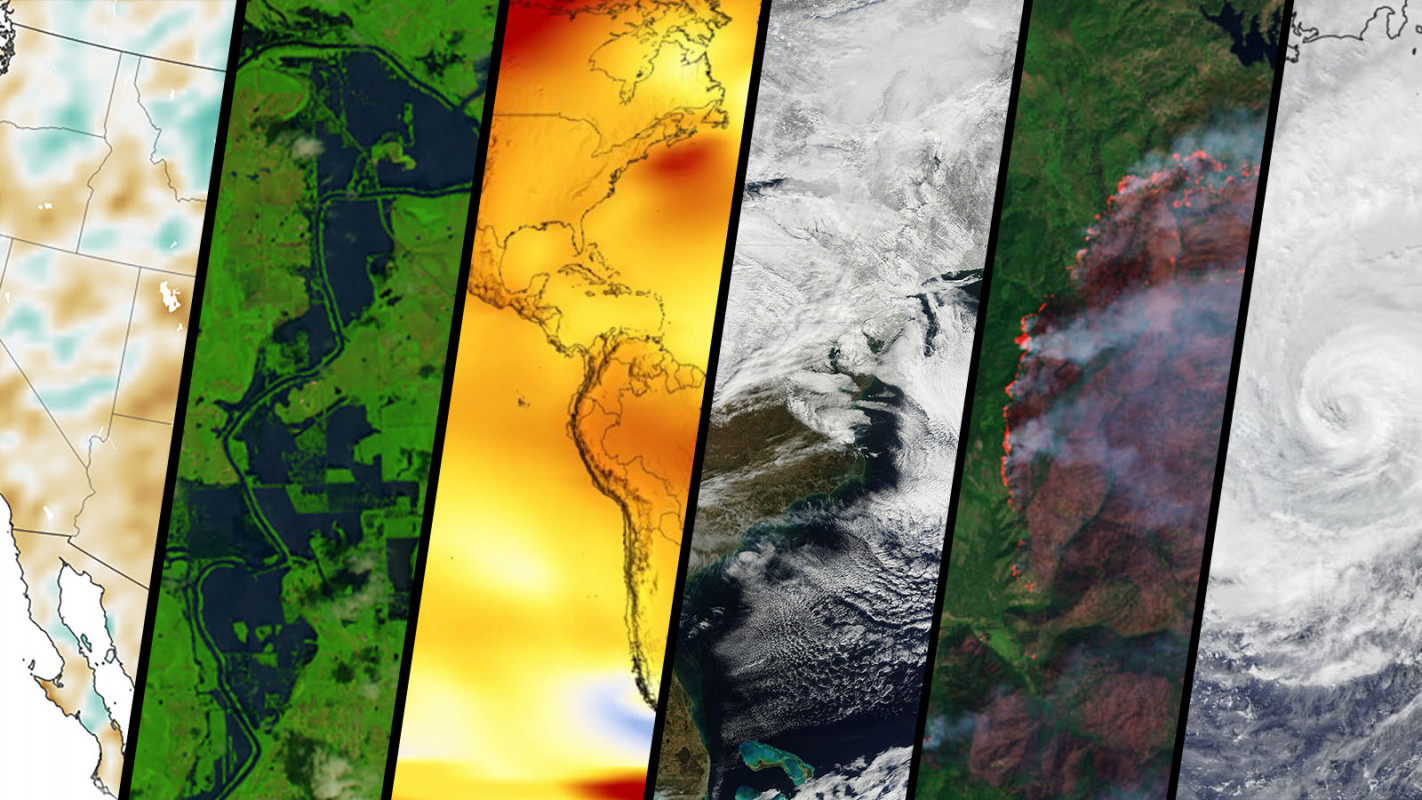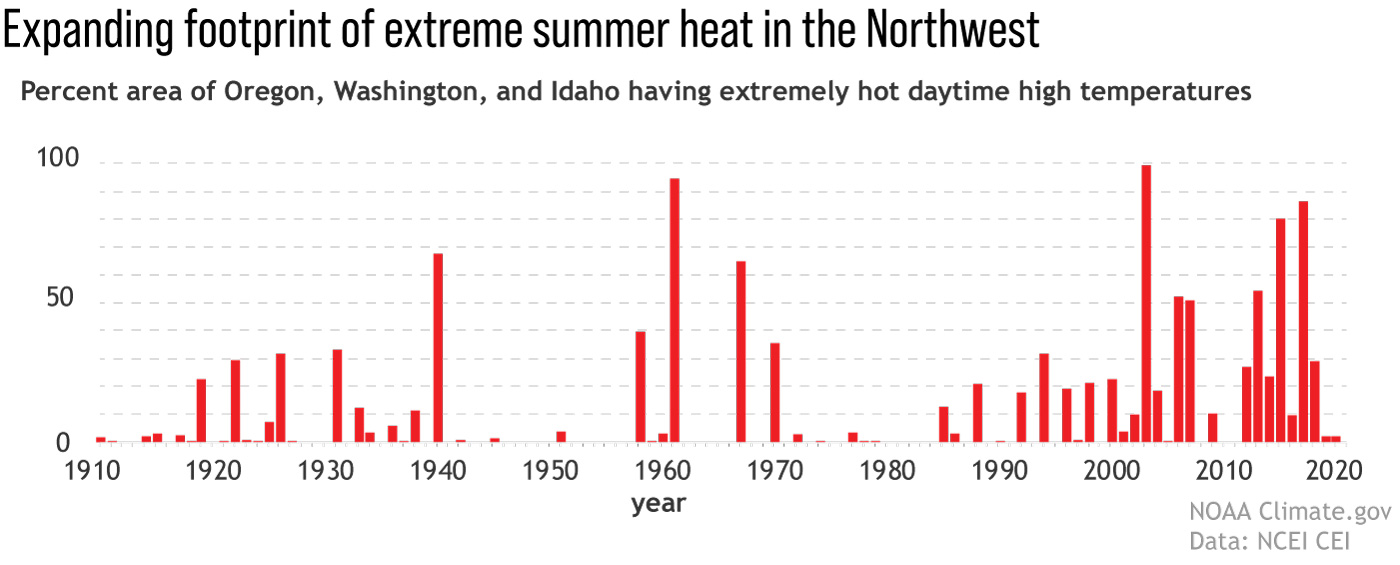 2022 has been a year of wild weather.
2022 has been a year of wild weather.
Over the summer, Europe saw unprecedented heatwaves with temperatures of over 40 °C (104 °F). These boiling temperatures only intensified the drought and triggered wildfires.
In Asia, India, Pakistan, and China also endured record-breaking heatwaves. And in the United States, Western and Midwestern states experienced soaring temperatures. As water levels in Colorado River reservoirs dipped to record lows, water restrictions were painful for residents.
The world has also witnessed an equal deluge of tropical storms, hurricanes, and flooding. Most recently, Tropical Storm Ian left a trail of destruction across the Caribbean islands. Upon landfall, Ian morphed into a Category 5 hurricane at its peak and was the deadliest storm to hit Florida and South Carolina.
Is there a link between these extreme events of 2022 and climate change? Let's find out what a recent study shows.
How Computers Help
 Scientists have been using computer simulations to investigate climate change’s role in extreme weather events.
Scientists have been using computer simulations to investigate climate change’s role in extreme weather events.
They compare simulations of the present climate and a hypothetical one, where there are no additional greenhouse emissions from humans. By observing patterns of weather events in each simulation, scientists can determine the extent of climate change’s impact. This field of study known as climate attribution is explained in detail in our earlier article here.
Recent studies have found a troubling trend. The rising greenhouse gases are causing more heat to be trapped in Earth’s atmosphere and oceans.
Results of the Study
- Stronger Storms: A hotter atmosphere means that storms like Ian hold more moisture, which translates into heavier and more dangerous rainfall. In addition, warmer oceans cause storms to intensify. Since 2017, most major hurricanes have increased in intensity before landfall, as well as taken longer to dissipate.
- Higher Sea Levels: Warmer temperatures cause sea levels to rise. Read our earlier article here on why this is the case. This in turn makes for stronger storm surges and flooding. When Hurricane Ian made landfall in Florida, its storm surge submerged neighborhoods within hours.
- Intense Heatwaves: At the same time, global warming is intensifying heatwaves and making them more frequent and long-lasting. It is also drying up moisture in the soil and increasing the likelihood of erosion, landslides, and wildfires.
- Extreme Droughts: A World Weather Attribution study found that this summer’s drought has been 20 times more likely to occur when compared with the hypothetical, emission-free climate. If emissions continue at their current levels, the study suggested that low moisture levels will become 15 times more likely.
- Devastating Floods: As more water evaporates, it takes much-needed moisture away from already dry areas but introduces even more in those prone to storms. The devastating flooding, as seen in Pakistan recently, is the consequence of intense rainfall.
Overall, as the results show, climate change isn’t a direct cause of these drastic weather events, but it is making them more intense and severe.
Sources: NY Times, NPR, EPA, BBC, The Conversation









